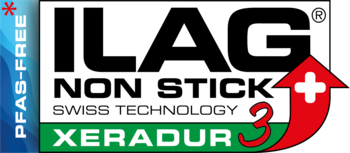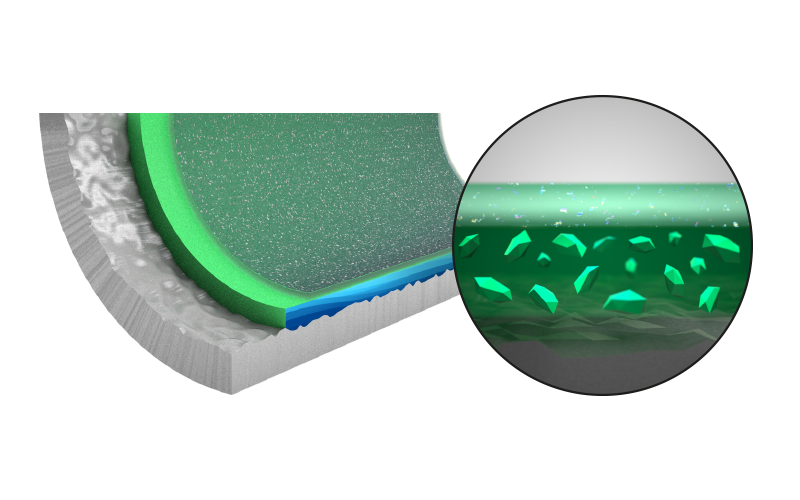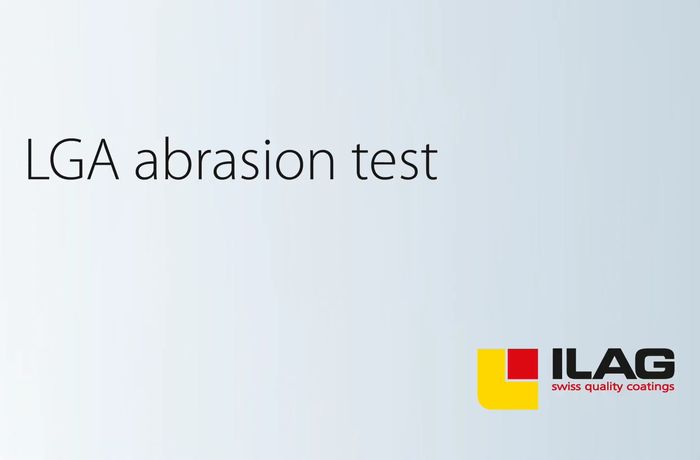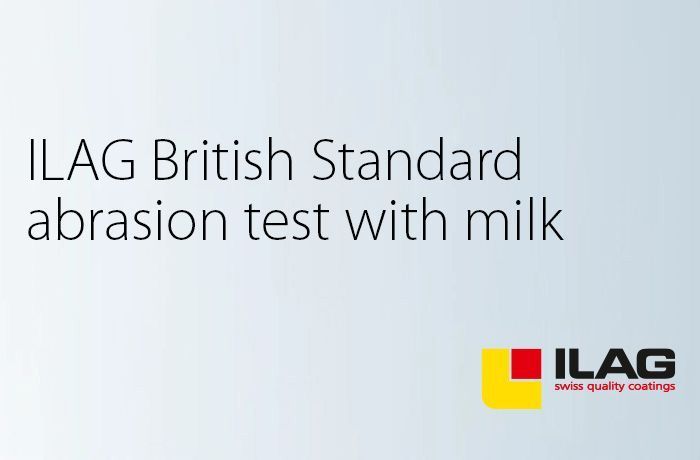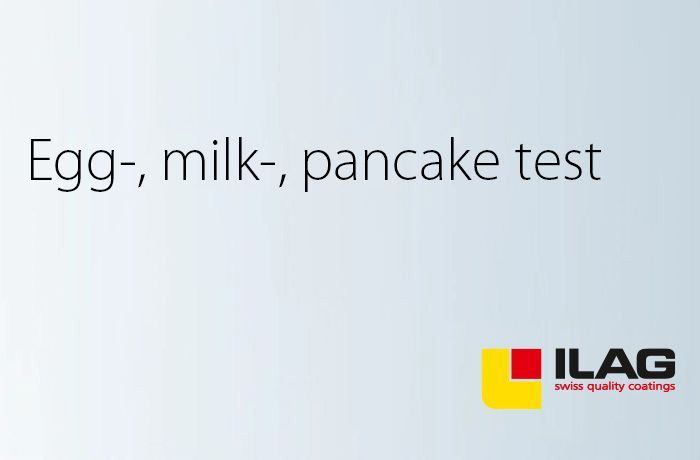XERADUR 3 PFAS-free (Ceramic - XERADUR 3)
is an one or two layer system based on xerogel, which is manufactured without raw materials containing PFAS or PTFE. Xeradur 3 PFAS-free convinces with its very good abrasion resistance and shows absolutely no cracking or even spotting. Due to the large range of layer thicknesses, the product is more flexible, but convinces with a high level of stability in performance.
1. High quality Xerogel top coat, without PFAS and PTFE, with metallic effect
2. PFAS- and PTFE-free improved ceramic reinforced xerogel base coat that minimizes cracking
